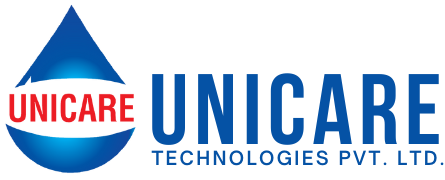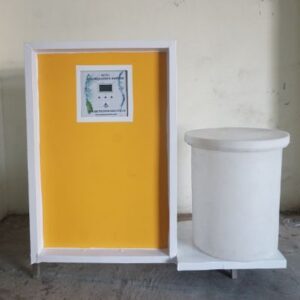
Water Disinfection Unit
What is water disinfection?
Water disinfection means the removal of microorganisms. Microorganisms are destroyed or deactivated, resulting in the termination of growth and reproduction. When microorganisms are not removed from drinking water usage will cause people to fall ill.
The goal of disinfection of public water supplies is the elimination of the pathogens that are responsible for waterborne diseases. The transmission of diseases such as typhoid and paratyphoid fevers, cholera, salmonellosis, and shigellosis can be controlled with treatments that substantially reduce the total number of viable microorganisms in the water.
While the concentration of organisms in drinking water after effective disinfection may be exceedingly small, sterilization (i.e., killing all the microbes present) is not attempted. Sterilization is not only impractical, it cannot be maintained in the distribution system. Assessment of the reduction in microbes that is sufficient to protect against the transmission of pathogens in water is discussed below.
Chlorination is the most widely used method for disinfecting water supplies in the United States. The nearly universal adoption of this method can be attributed to its convenience and to its highly satisfactory performance as a disinfectant, which has been established by decades of use. It has been so successful that freedom from epidemics of waterborne diseases is now virtually taken for granted.
Household Water Treatment: Disinfection Methods and Devices
We have one more product which doesn’t require electricity for operation. This is mostly used for small applications.

